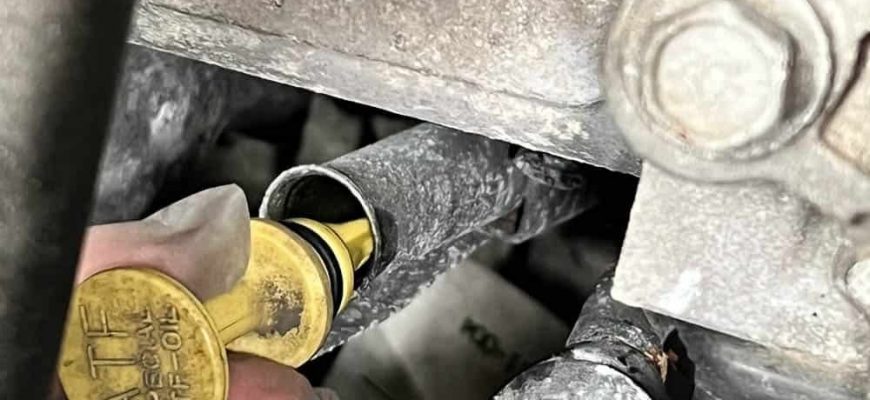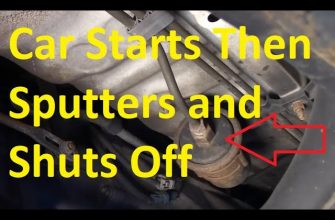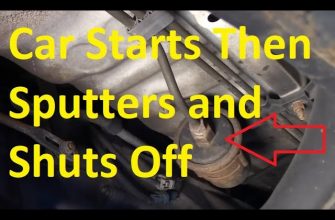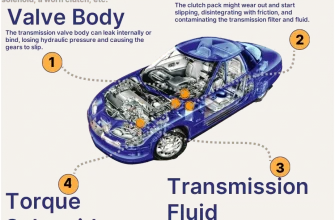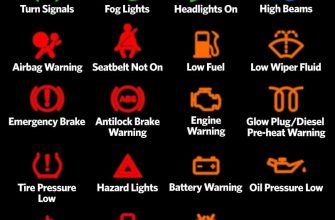Hydro lock refers to a critical engine failure caused by water.
1.1 DEFINITION OF HYDRO LOCK
Hydro lock‚ also known as hydrolock‚ is a mechanical failure that occurs when an internal combustion engine’s cylinders fill with liquid‚ typically water‚ preventing the engine from turning over. This phenomenon can result in significant damage to the engine components‚ as the liquid cannot be compressed‚ leading to potential catastrophic failures.
1.2 IMPORTANCE OF UNDERSTANDING HYDRO LOCK
Comprehending hydro lock is crucial for vehicle owners and operators‚ as it aids in the prevention of significant engine damage and costly repairs. Understanding the mechanisms and risks associated with hydro lock empowers individuals to adopt appropriate maintenance strategies and driving practices‚ ultimately enhancing vehicle longevity and reliability in diverse conditions.
CAUSES OF HYDRO LOCK
Several factors contribute to the occurrence of hydro lock in engines.
2.1 INGESTION OF WATER
The primary cause of hydro lock is the ingestion of water into the engine cylinders. This typically occurs when a vehicle drives through deep water or heavy rainfall‚ allowing water to enter the air intake system. Additionally‚ improper maintenance‚ such as failed seals or gaskets‚ can also lead to water intrusion‚ significantly increasing the risk of hydro lock incidents.
2.2 ENVIRONMENTAL FACTORS
Environmental factors play a significant role in the occurrence of hydro lock. Extreme weather conditions‚ such as heavy rain or flooding‚ can lead to excessive water accumulation in roadways. Additionally‚ high humidity and poor drainage in certain areas may exacerbate the risk of water entering vehicles‚ further increasing vulnerability to hydro lock events.
2.3 MECHANICAL FAILURES
Mechanical failures can significantly contribute to the risk of hydro lock. Components such as faulty head gaskets‚ cracked engine blocks‚ and damaged intake systems can allow water to enter the combustion chamber. Additionally‚ poor maintenance practices may lead to the deterioration of seals and other vital parts‚ further heightening the likelihood of hydro lock incidents.
CONSEQUENCES OF HYDRO LOCK
Hydro lock can lead to severe and costly damage to engine components.
3.1 ENGINE DAMAGE
One of the most significant consequences of hydro lock is extensive engine damage. When water enters the cylinders‚ it can cause pistons to seize‚ connecting rods to bend‚ and crankshafts to warp. Such damage often necessitates expensive repairs or even complete engine replacement‚ severely impacting vehicle performance and operational costs for owners.
3.2 PERFORMANCE ISSUES
Hydro lock can lead to various performance issues that compromise vehicle functionality. Following an incident‚ engines may exhibit reduced power output‚ erratic idling‚ and difficulty starting. These performance degradation signs indicate underlying mechanical problems‚ necessitating immediate attention to prevent further damage and restore optimal engine efficiency.
3.3 FINANCIAL IMPLICATIONS
The financial implications of hydro lock can be substantial‚ encompassing repair costs‚ potential engine replacement‚ and loss of vehicle value. Expenses incurred from diagnostics‚ labor‚ and parts can escalate quickly‚ leading to unforeseen financial burdens for owners. Additionally‚ prolonged downtime may result in lost income and further expenses for alternative transportation solutions.
PREVENTION TIPS FOR HYDRO LOCK
Implementing effective strategies can significantly reduce hydro lock risks.
4.1 REGULAR MAINTENANCE CHECKS
Conducting regular maintenance checks is essential for preventing hydro lock. Vehicle owners should perform routine inspections of critical components‚ such as gaskets‚ seals‚ and the intake system‚ to ensure they are functioning properly. Additionally‚ timely oil changes and coolant level checks help maintain engine integrity‚ reducing the risk of water intrusion and subsequent damage.
4.2 APPROPRIATE DRIVING PRACTICES
Adopting appropriate driving practices is crucial for mitigating the risk of hydro lock. Drivers should avoid traversing flooded areas or deep water‚ especially during adverse weather conditions. Additionally‚ maintaining a safe driving speed and being vigilant about road conditions can help prevent water intake‚ thereby protecting the engine from potential hydro lock incidents.
4.3 INSTALLATION OF PROTECTIVE ACCESSORIES
Installing protective accessories is a proactive measure to prevent hydro lock. Engine air intake snorkels can elevate the intake position‚ reducing the risk of water ingestion in flooded conditions. Additionally‚ using waterproof covers and seals for engine compartments further protects vital components from water exposure‚ enhancing overall vehicle resilience against hydro lock incidents.
CONCLUSION
A comprehensive understanding of hydro lock is vital for prevention.
5.1 SUMMARY OF KEY POINTS
In summary‚ hydro lock is a critical engine failure caused by water ingestion‚ resulting from environmental factors and mechanical failures. The consequences include severe engine damage‚ performance issues‚ and significant financial implications. Preventative measures such as regular maintenance‚ appropriate driving practices‚ and protective accessories are essential to mitigate risks.
5.2 FINAL RECOMMENDATIONS
To effectively prevent hydro lock‚ vehicle owners are advised to conduct regular maintenance checks on critical components‚ practice safe driving techniques in adverse weather‚ and consider installing protective accessories. By implementing these strategies‚ individuals can significantly reduce the risk of hydro lock‚ ensuring optimal engine performance and longevity.

